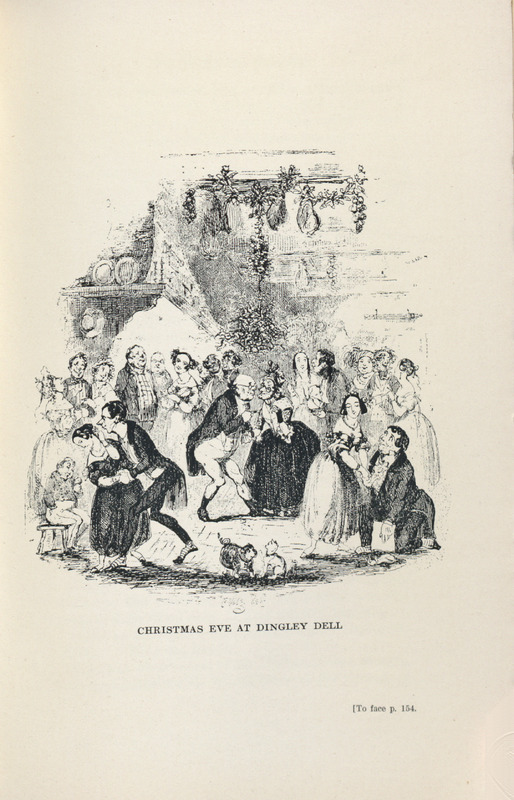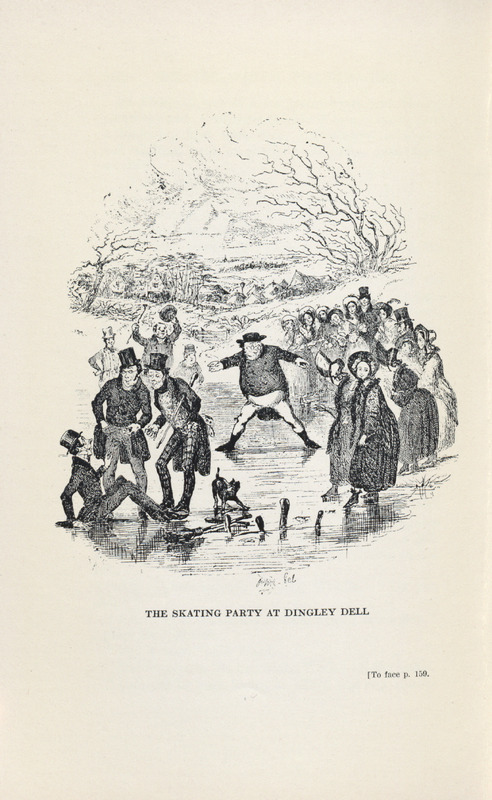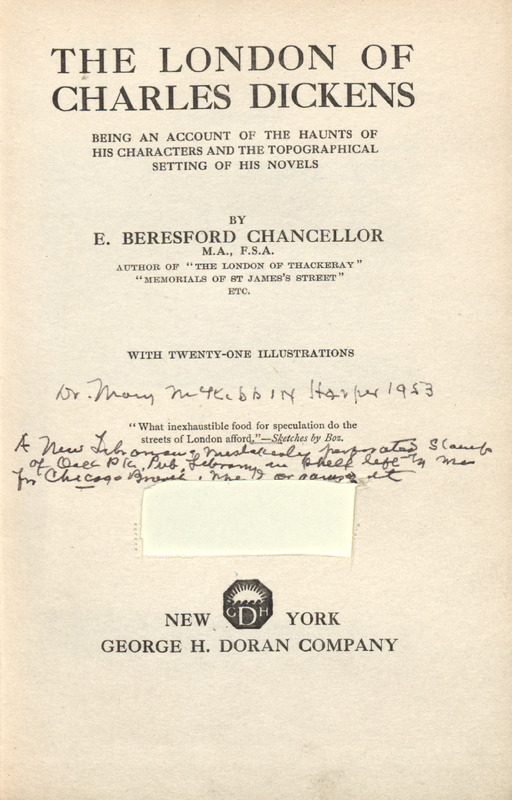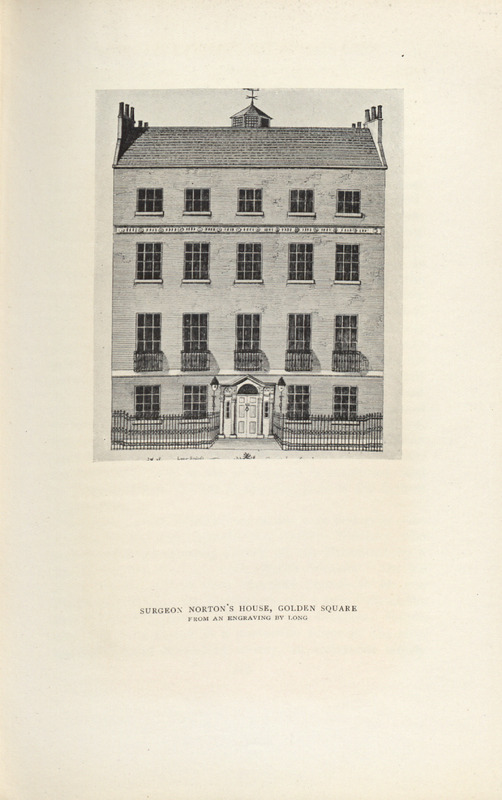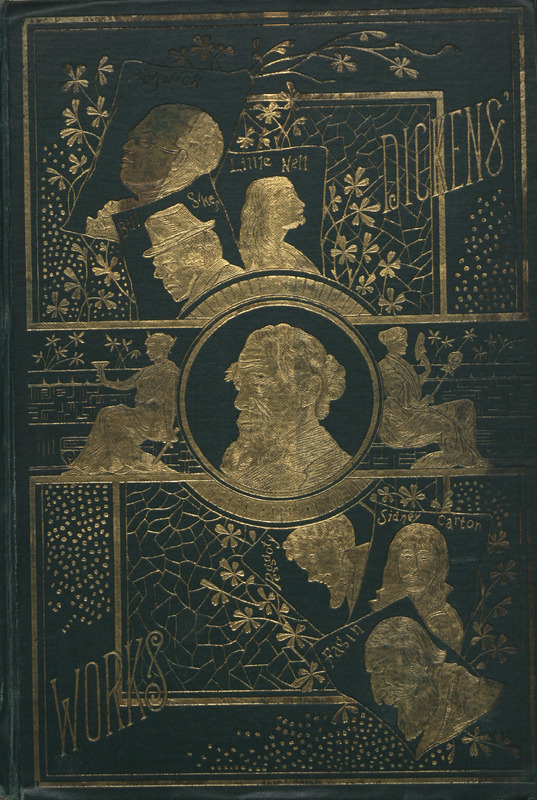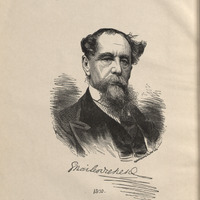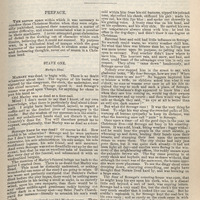Mr. Pickwick’s pilgrimages
“Dr. McKibbin-Harper had founded the Dickens Fellowship in the United States. She knew the author and ‘rambled in London’ with him several times.”Annotation by H. Winnett Orr from A catalogue of the H. Winnett Orr historical collection and other rare books in the library of the American College of Surgeons (1960).
The Posthumous papers of the Pickwick club, known as The Pickwick papers, was Charles Dickens' first novel. In the novel, Samuel Pickwick is the founder and president of the Pickwick Club and he and the club members travel to different locales in the English countryside.
Dickens created a character in The Pickwick papers named Joe, whom medical experts today diagnose as having suffered from obesity hypoventilation syndrome (OHS), a condition not recognized until the 20th century. Patients with OHS do not breathe rapidly or deeply enough, lowering oxygen levels in their blood and raising carbon dioxide levels. OHS patients also often develop sleep apnea, which fits with Dickens’ description of Joe often falling asleep.


